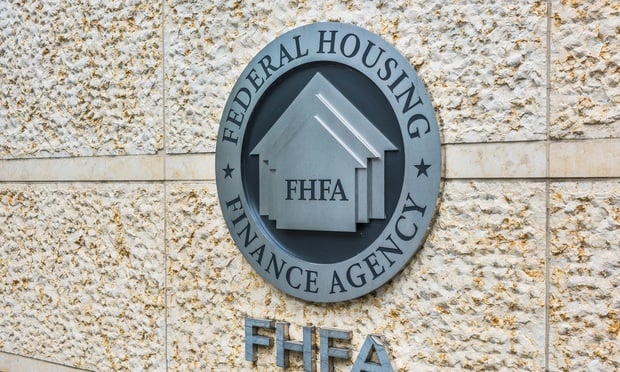"The way investment prices are rising, it might create theimpression that rents have gone way up, but that's not the case,"SVP Whitley Collins of the downtown L.A. office of CB Richard Ellistells GlobeSt.com. Collins notes that rental rates in Downtown LosAngeles have barely budged in years, but the prices paid for officebuildings have nearly doubled in the past three years. It's justone of a number of ways in which what's visible on the surfacereveals only part of what's going on in the 185-million-sf LosAngeles County office market, which has recovered more thanstatistics might suggest.Collins says L.A. office investors aredriven by the same dynamics that have boosted investment pricesthroughout the country: a surfeit of capital chasing a shortage ofdeals, low interest rates and investors who stick with real estatebecause they're skittish about other investments. Because they'releery of other investments, Collins points out, more investors arewilling to accept the relatively low returns that many officeproperties are producing.Generalizing about the Los Angeles officemarket is difficult because it consists of dozens of differentsubmarkets that are performing at different levels. The latest CBREsurveys show average direct vacancy rates in the region steadilydeclined each quarter of 2004 to slightly over 13%, with a coupleof percentage points of sublease space on top of that, and withaverage asking rates pretty much stalled at about $2.12 per sf permonth.Nonetheless, Collins says, the region's office markets haveprobably recovered more than the numbers indicate. He explains thatmany companies held onto space that they weren't using when therecession and the dot-com implosion put the brakes on the officemarket several years ago. Brokers refer to the space that remainedleased but empty as shadow space or phantom space. "The actualvacancies in those days were actually deeper than the vacanciesthat showed in the statistics," Collins says. By the same token, hesays, statistics didn't report the gains the office market wasmaking when conditions began to improve and companies began to filltheir formerly empty shadow space. "Coming into 2004, a lot of thatshadow space had been filled, but it didn't show in thestatistics," Collins says. "This year, we've seen a slow but steadyclimb in absorption." The latest CBRE report shows that nearly onemillion sf was absorbed during the third quarter, with each majorsubmarket in the region showing positive net absorption. But officemarket observers remain cautious in their optimism because the L.A.office markets, particularly Downtown, have stumbled in the pastafter starting toward a strong recovery. "Every year in Downtownfor the past 10 years, some significant event has occurred that hasadded a significant amount of new space to the market after weseemed to be on our way to some good absorption," Collins says.Mergers of oil companies, banks and accounting firms have dumpedhundreds of thousands of square feet of sublease space on themarket at one time, and few tenants have come in from outsideDowntown to fill the space. "If you peel away the effects of thoseevents, Downtown has probably had decent absorption," Collins says.One of L.A.'s other premier office markets, West Los Angeles, couldbe facing a similar impact from the merger of MGM and Sony, whichwill likely mean 200,000 sf or more of sublease space hitting themarket. "MGM and Sony haven't announced anything about their spaceand they haven't put any space on the market, but it's just amatter of time until they do," Collins says, so the MGM-Sony dealwill be a significant factor in the West L.A. market in 2005. InDowntown L.A., he says, one of the biggest factors in 2005 andbeyond will be Thomas Properties Group's efforts to fill onemillion sf at Arco Towers. With annual absorption in Downtown ofabout 100,000 sf, Arco Towers will need to fill its space byenticing existing Downtown tenants as opposed to relying inin-migration from other markets, Collins reasons. CBRE's latestsurveys say downtown remains a tenants' market, as is the SouthBay, while the San Fernando Valley and Tri-Cities favor landlords,and a case can be made either way in West L.A.
Continue Reading for Free
Register and gain access to:
- Breaking commercial real estate news and analysis, on-site and via our newsletters and custom alerts
- Educational webcasts, white papers, and ebooks from industry thought leaders
- Critical coverage of the property casualty insurance and financial advisory markets on our other ALM sites, PropertyCasualty360 and ThinkAdvisor
*May exclude premium content
Already have an account?
Sign In Now
© 2024 ALM Global, LLC, All Rights Reserved. Request academic re-use from www.copyright.com. All other uses, submit a request to [email protected]. For more information visit Asset & Logo Licensing.








